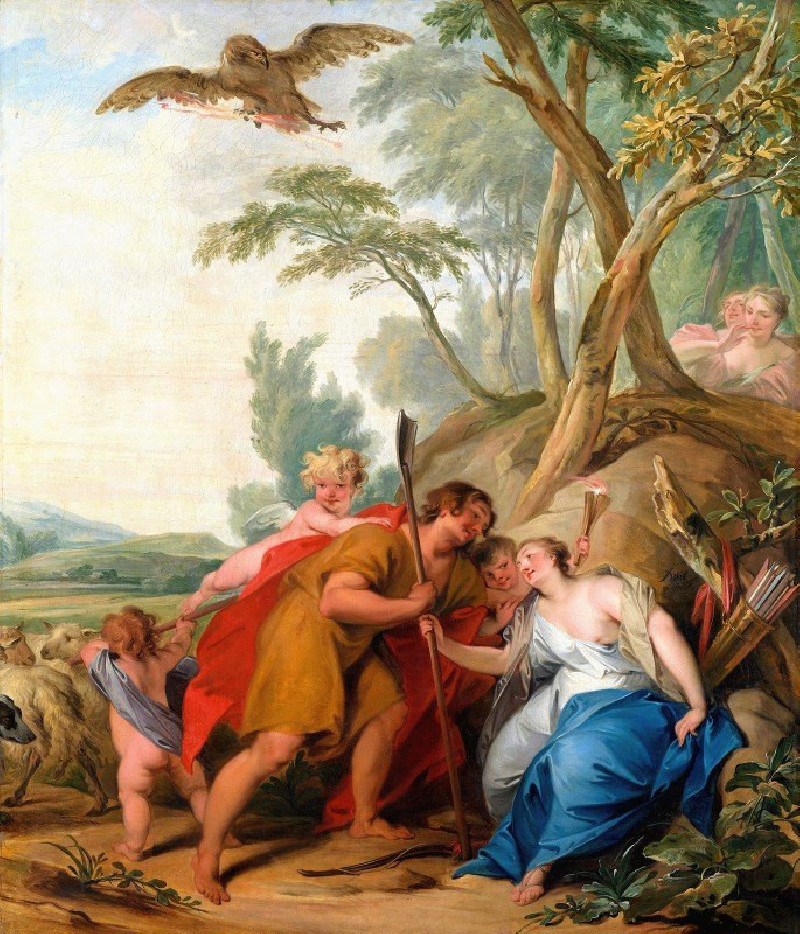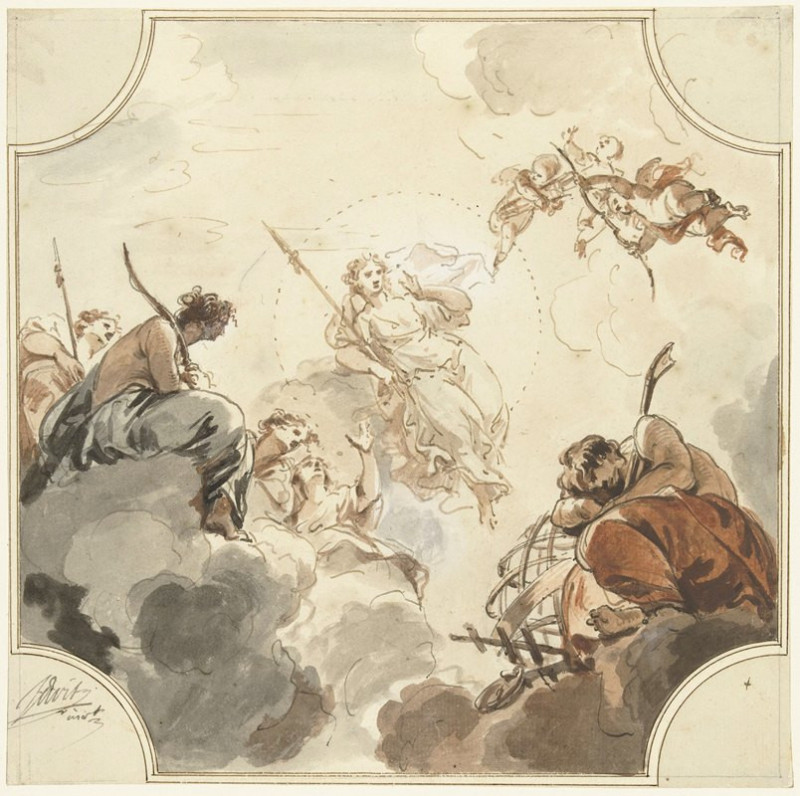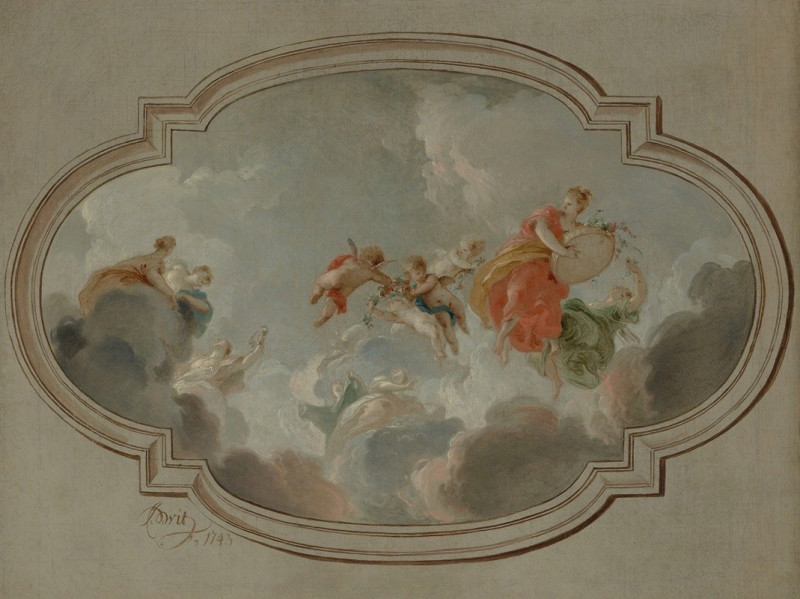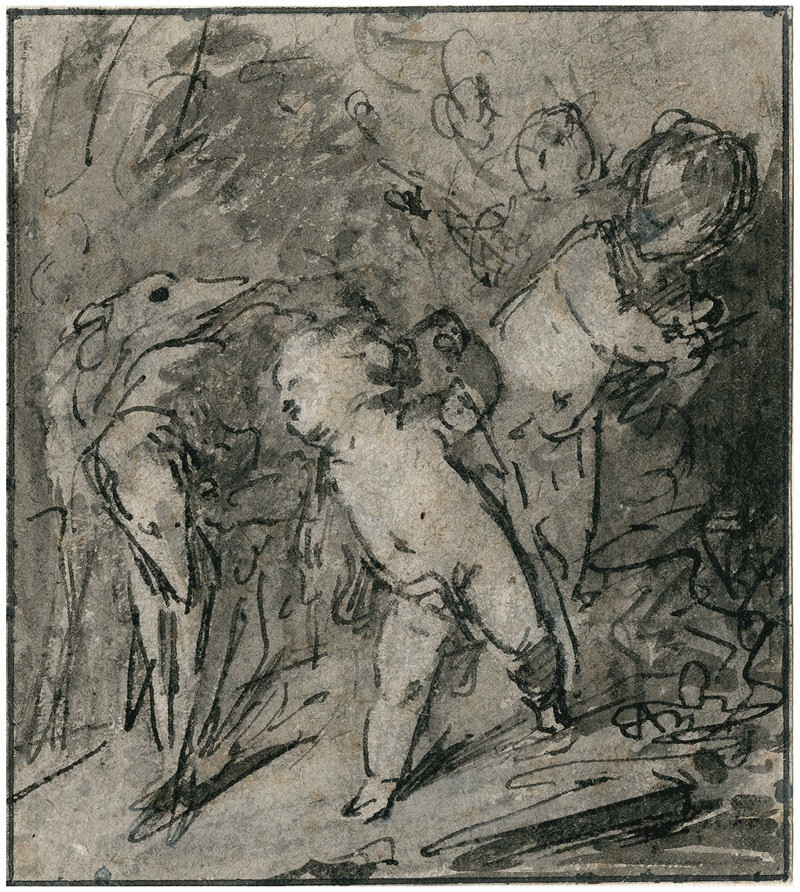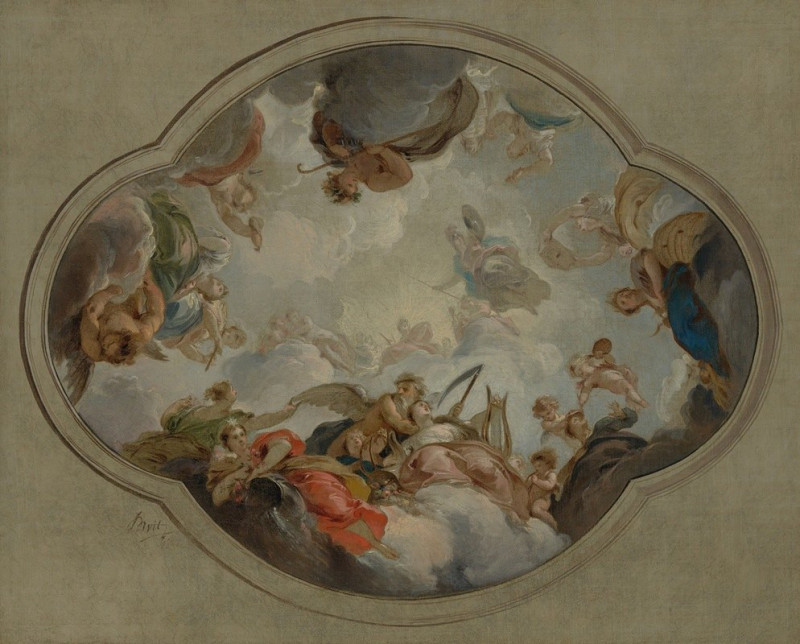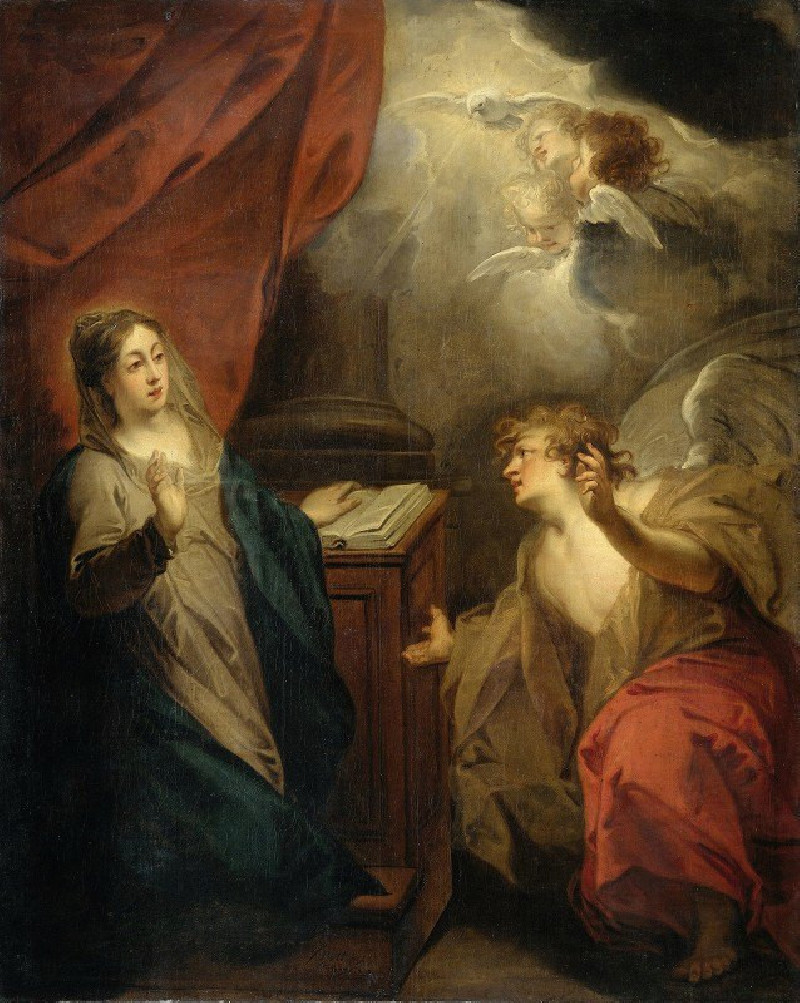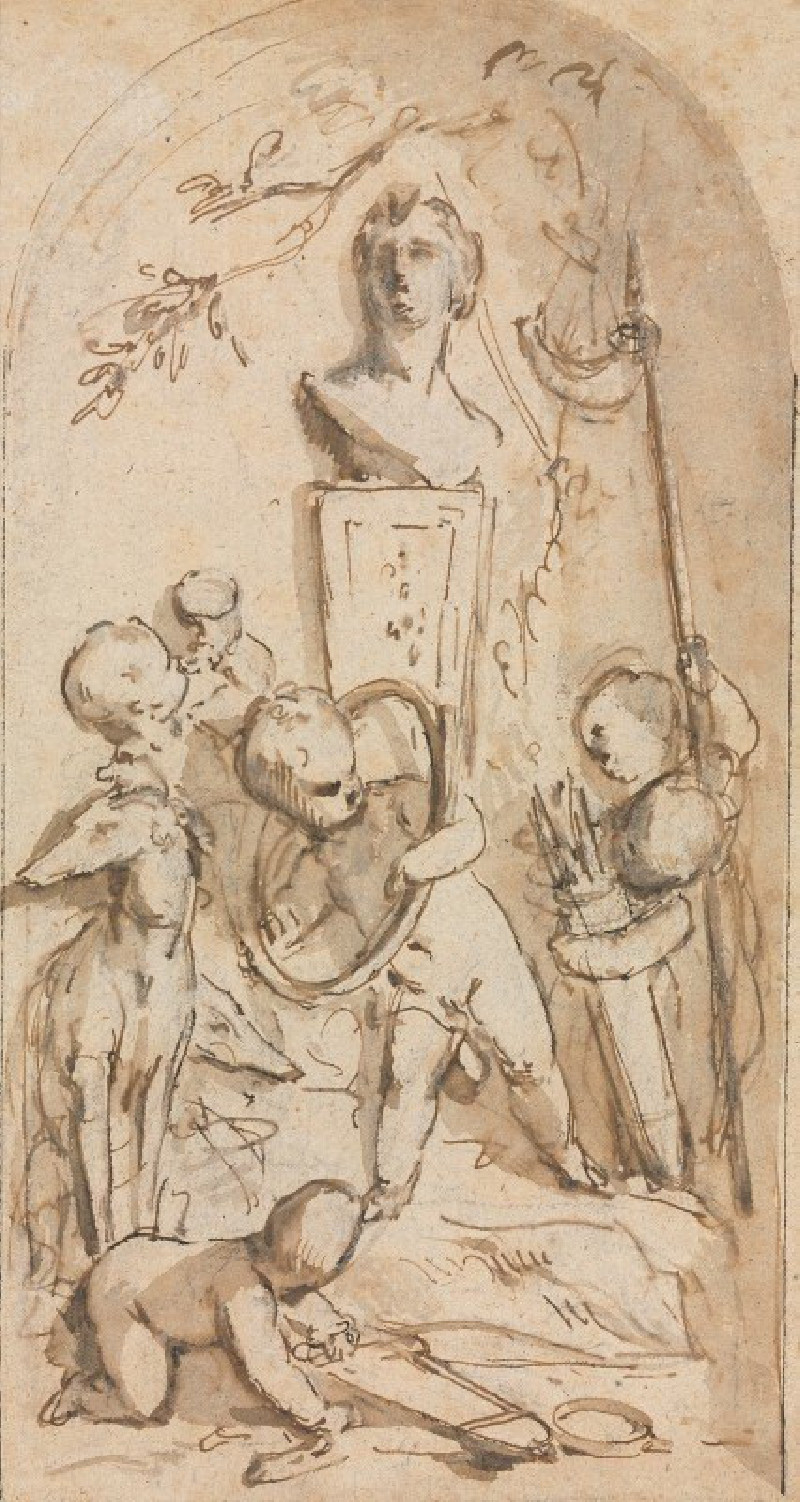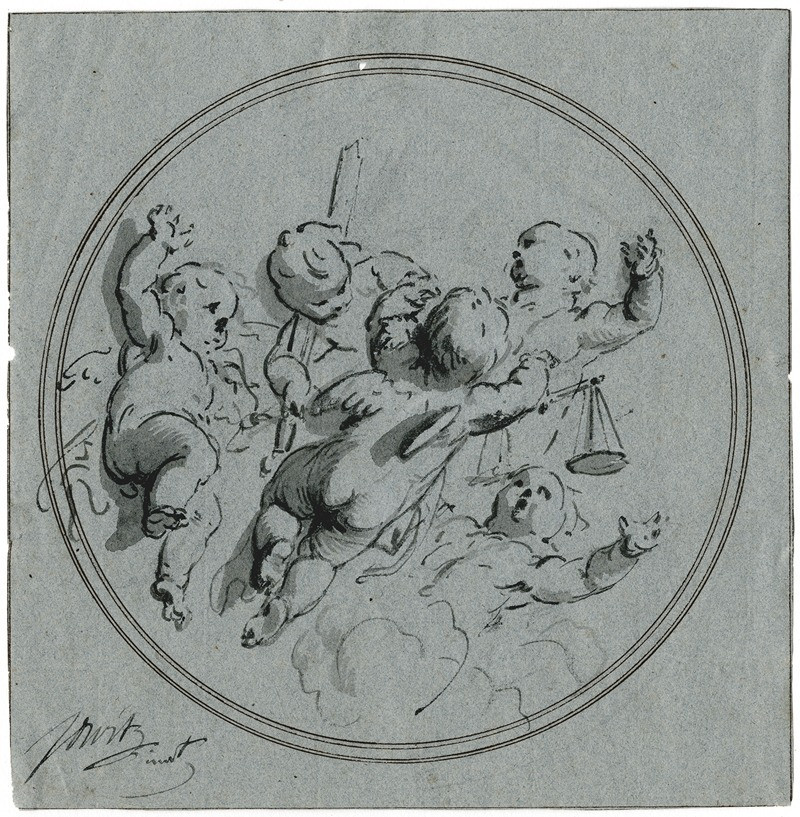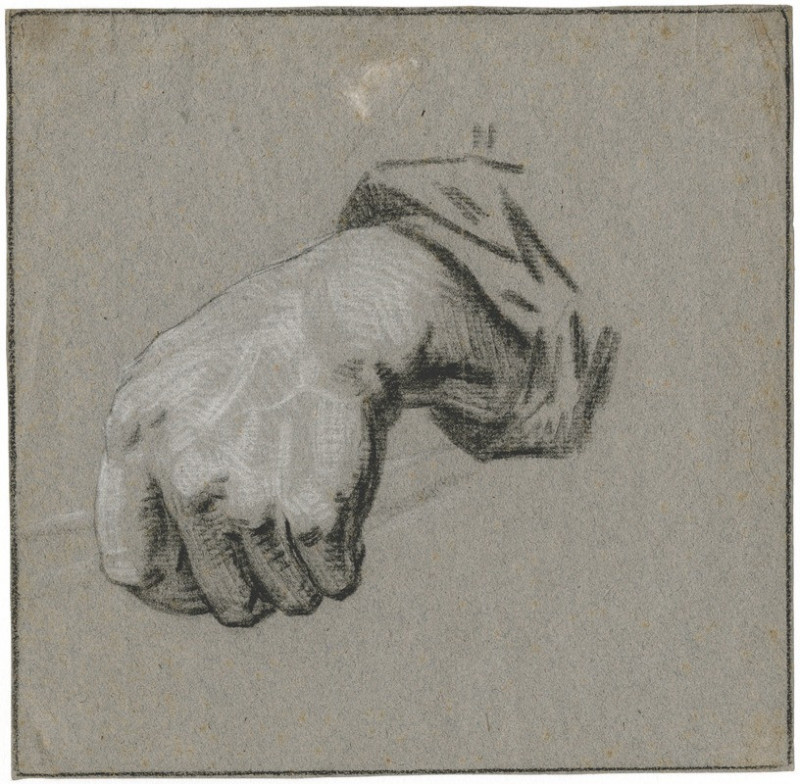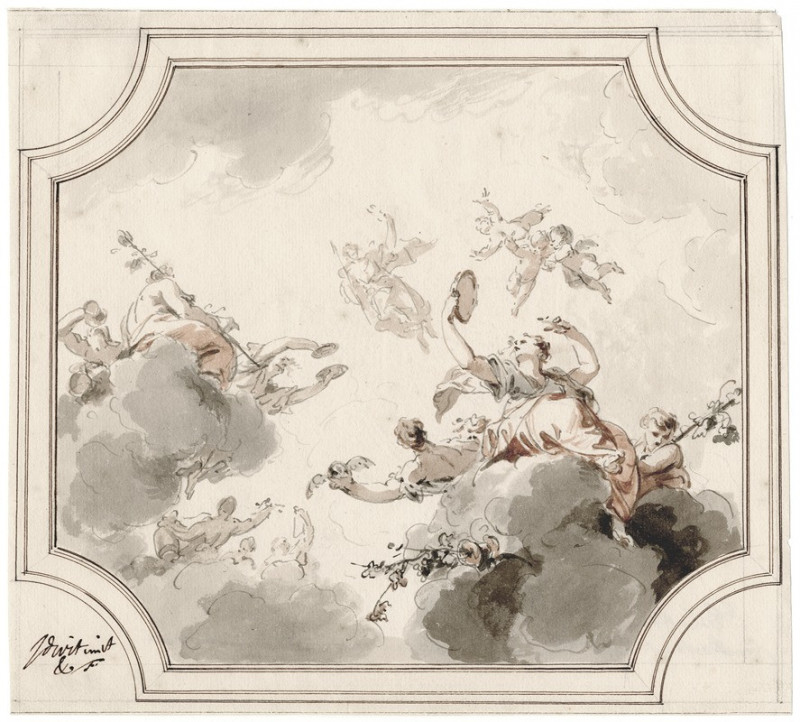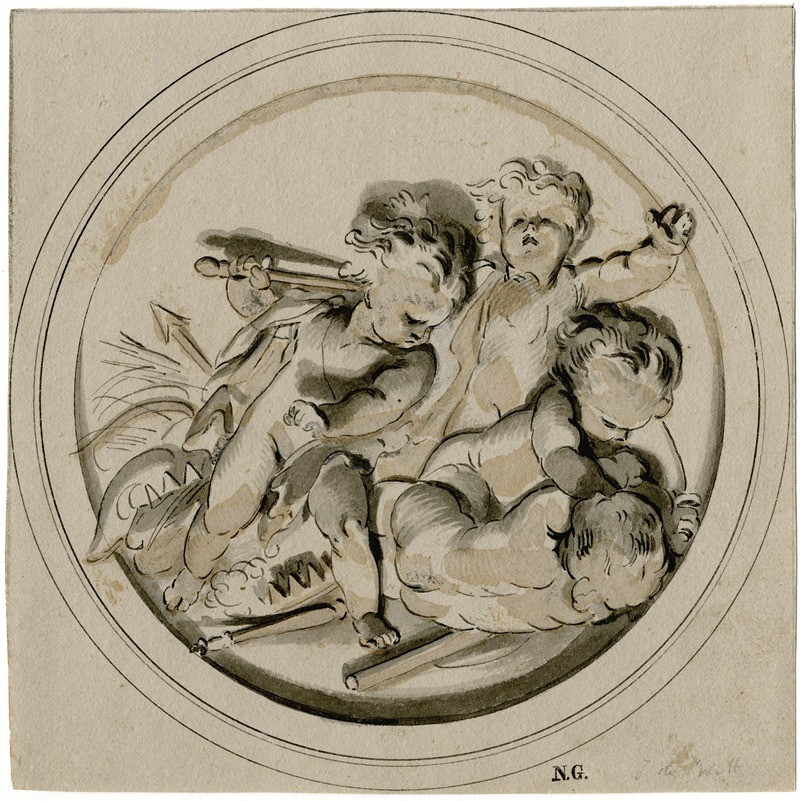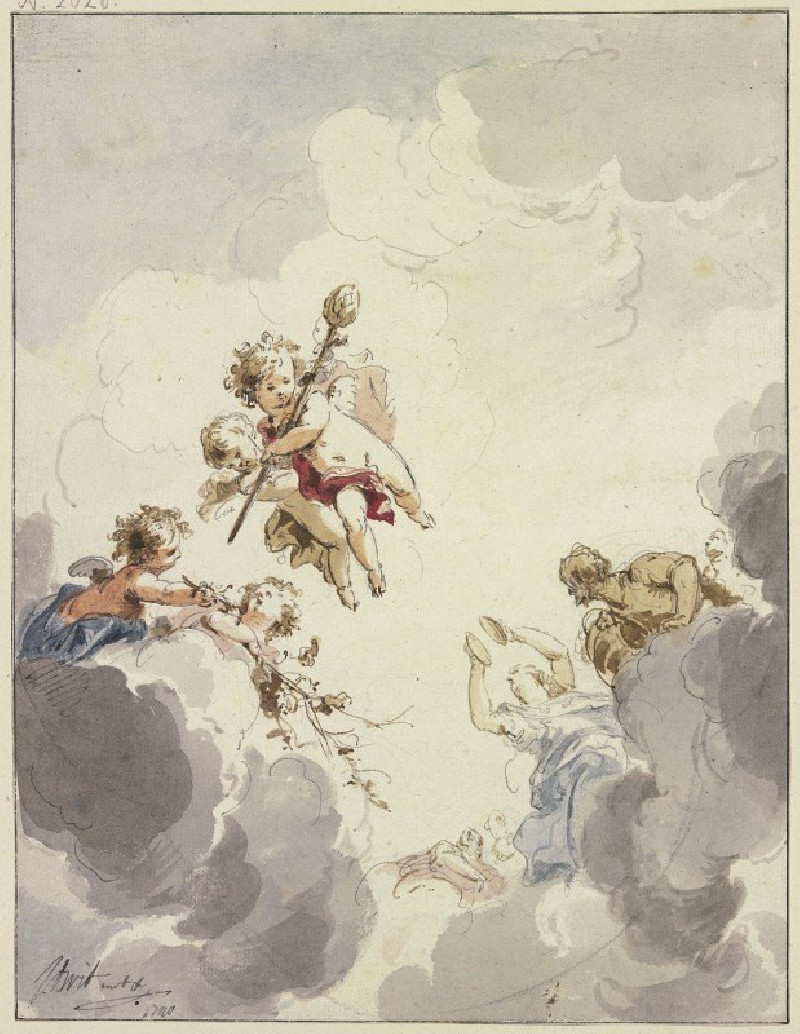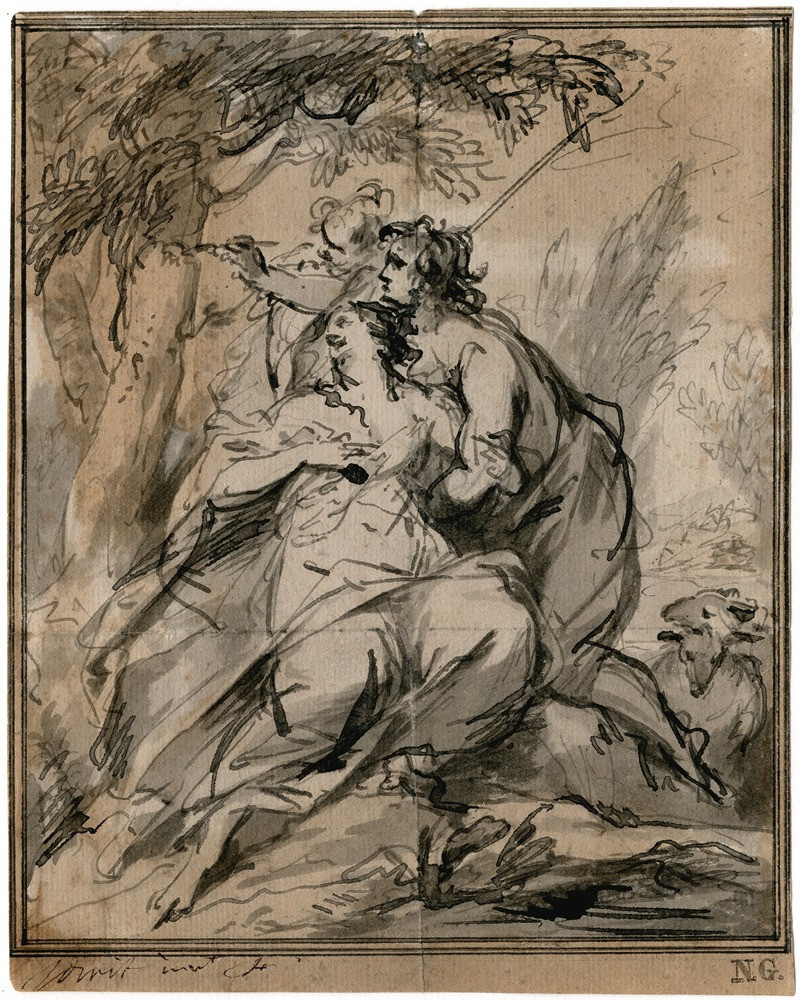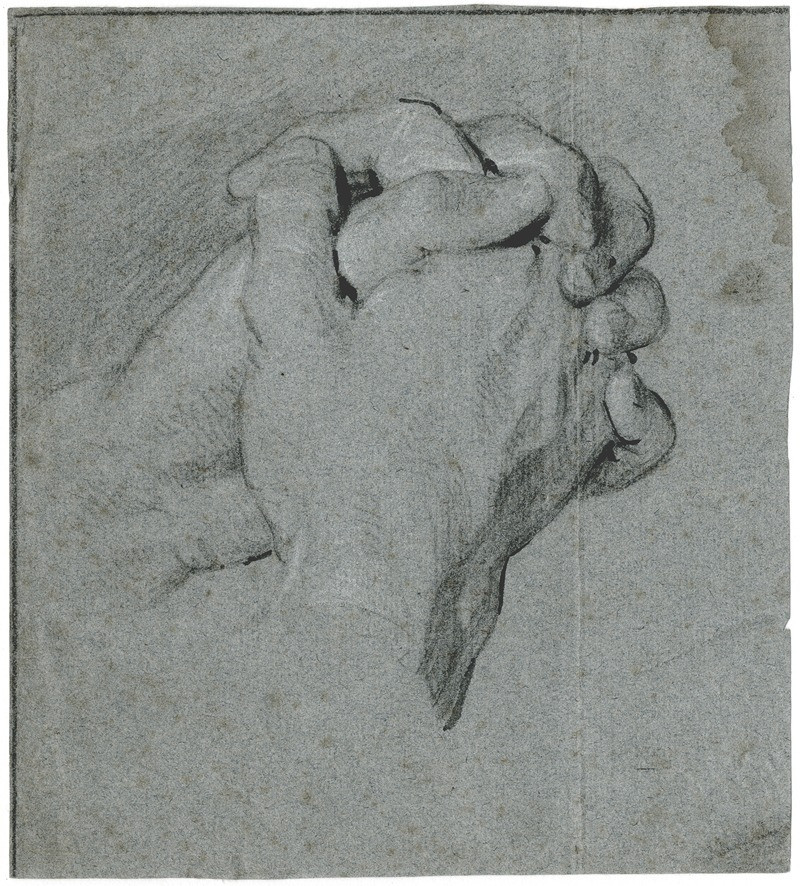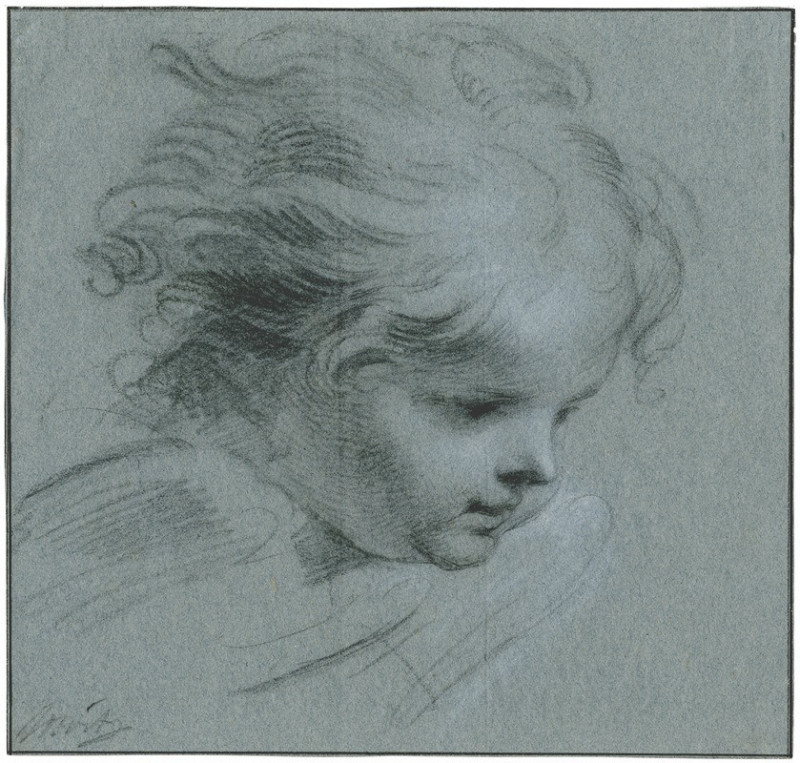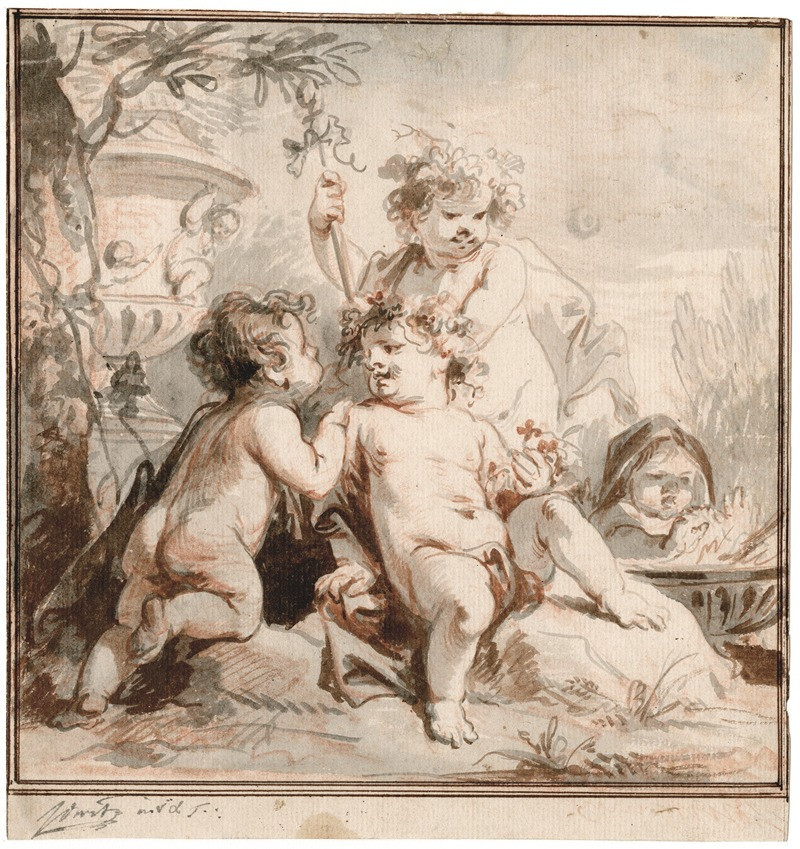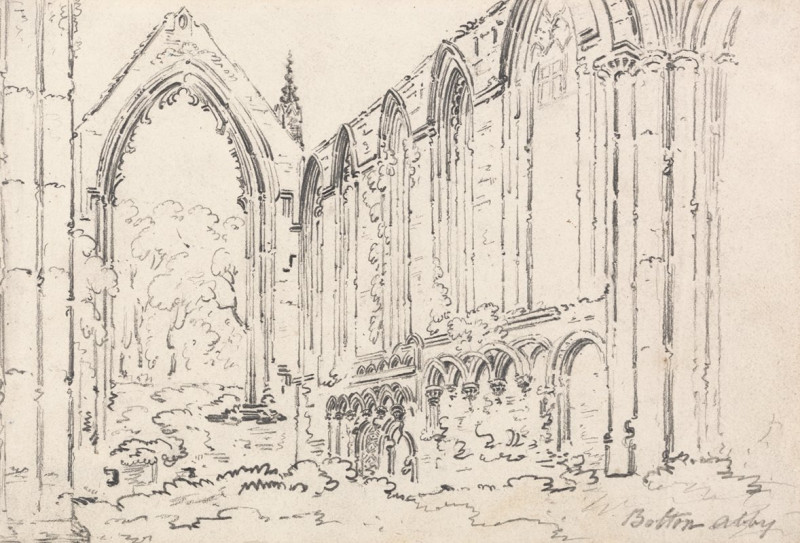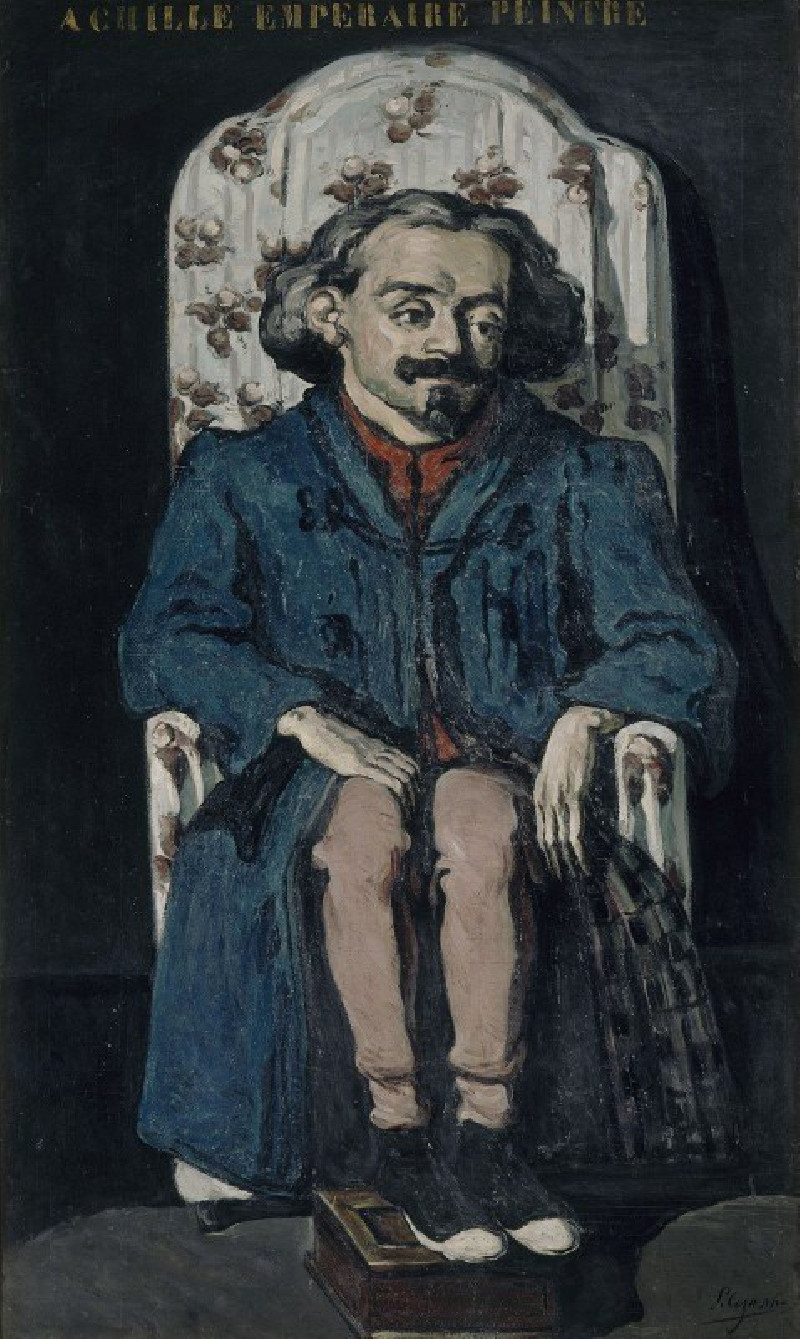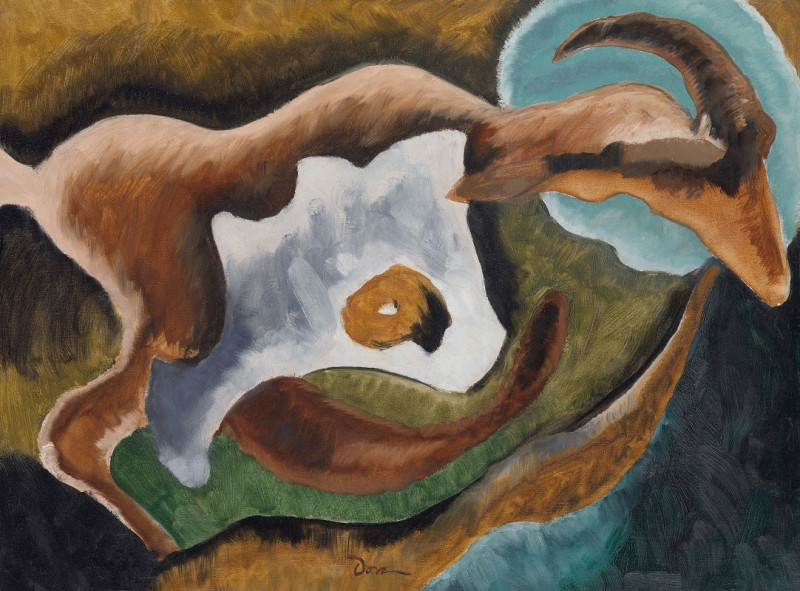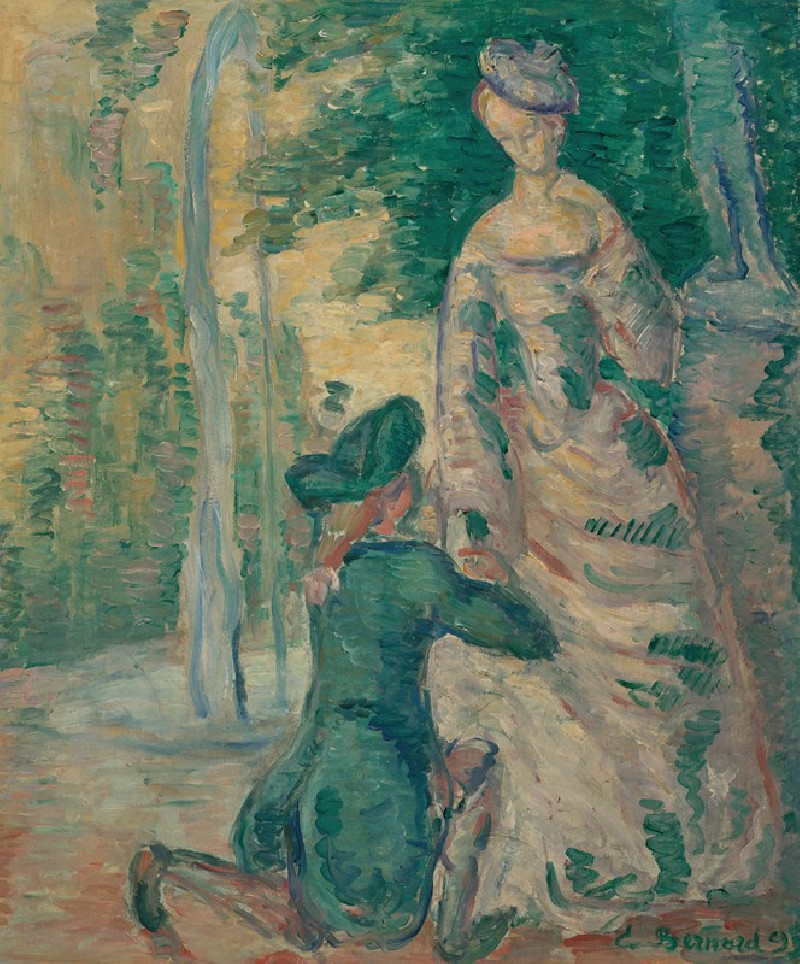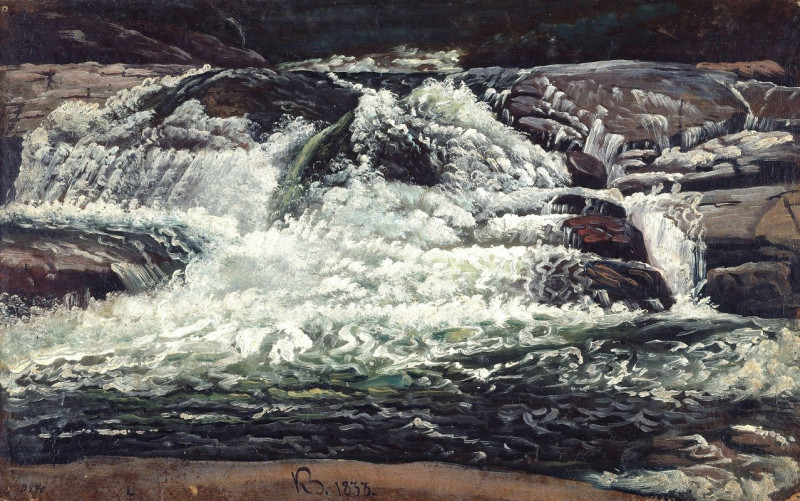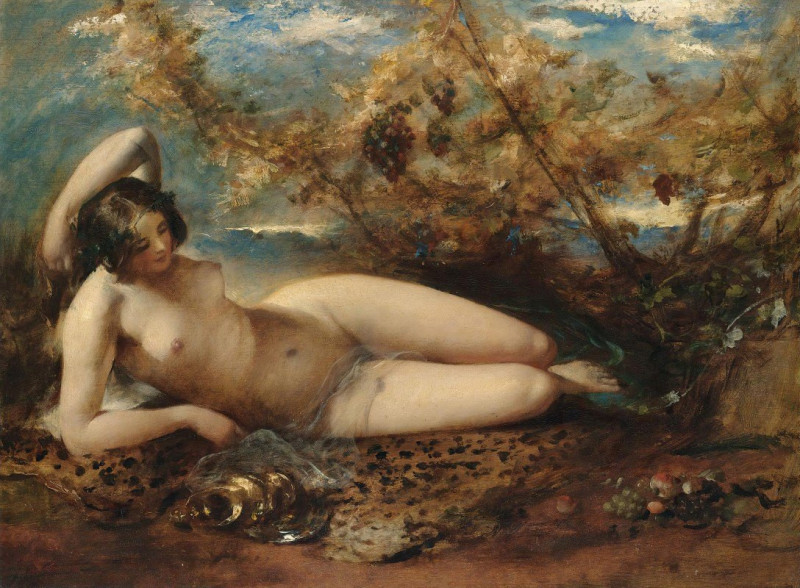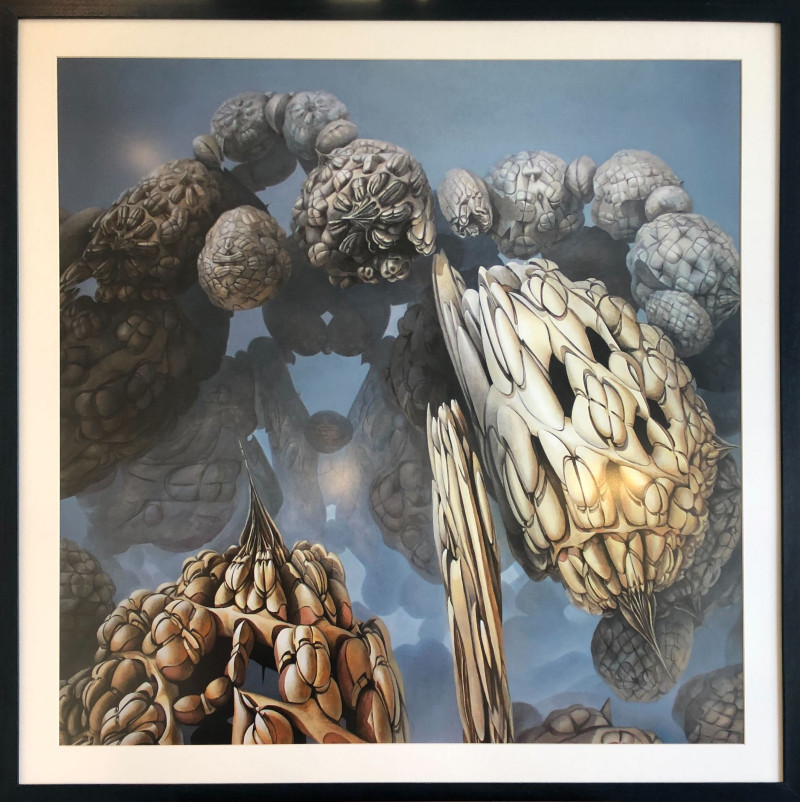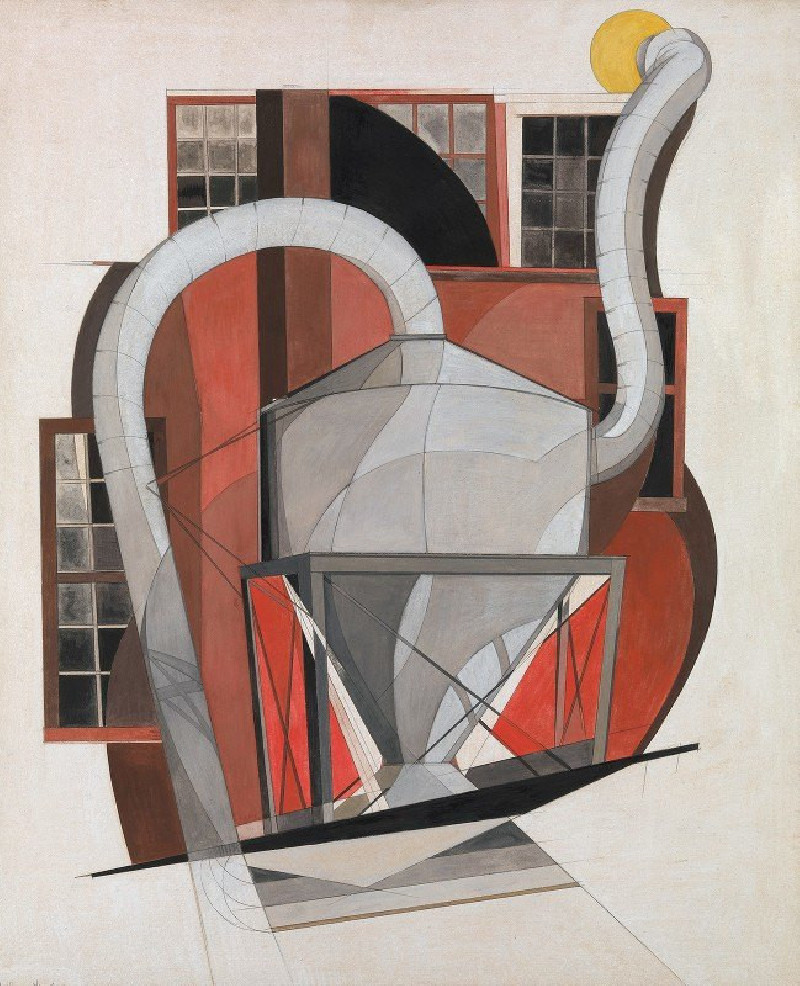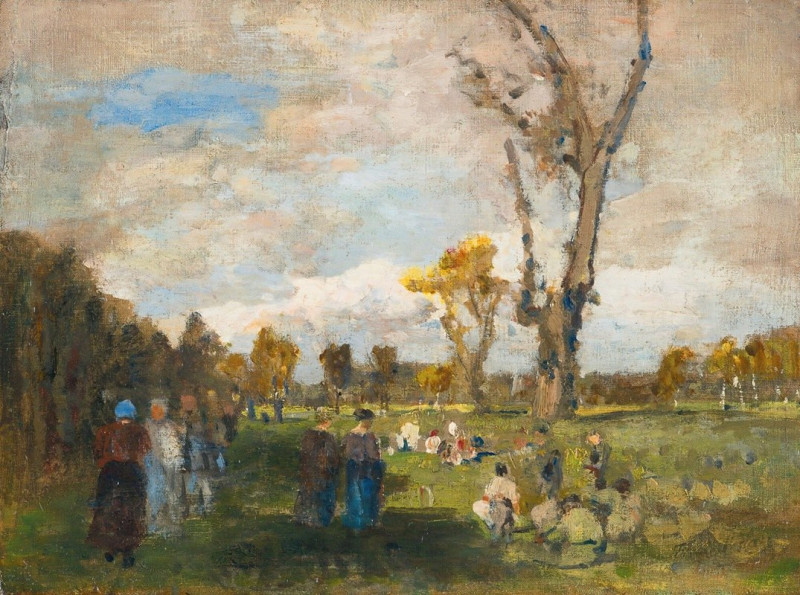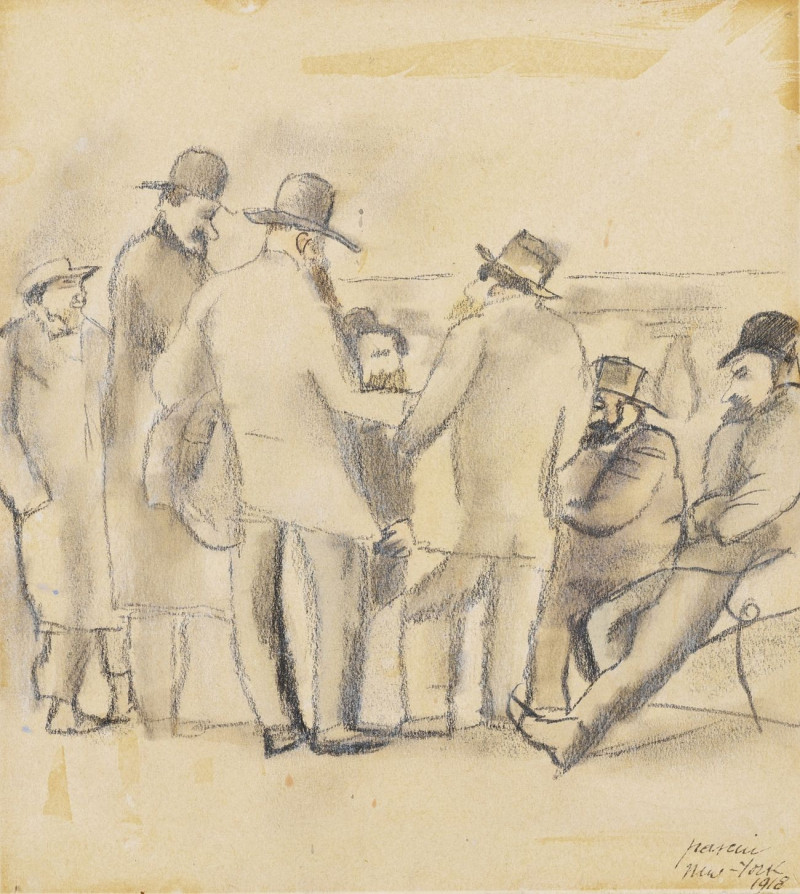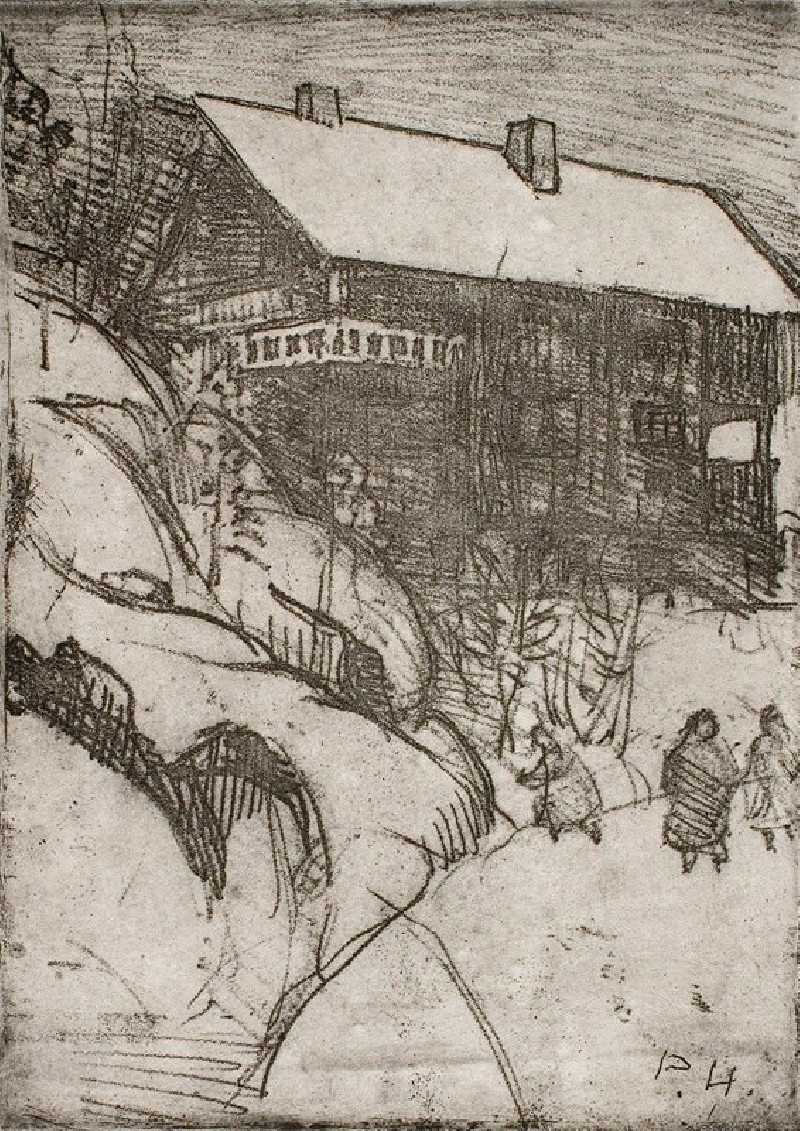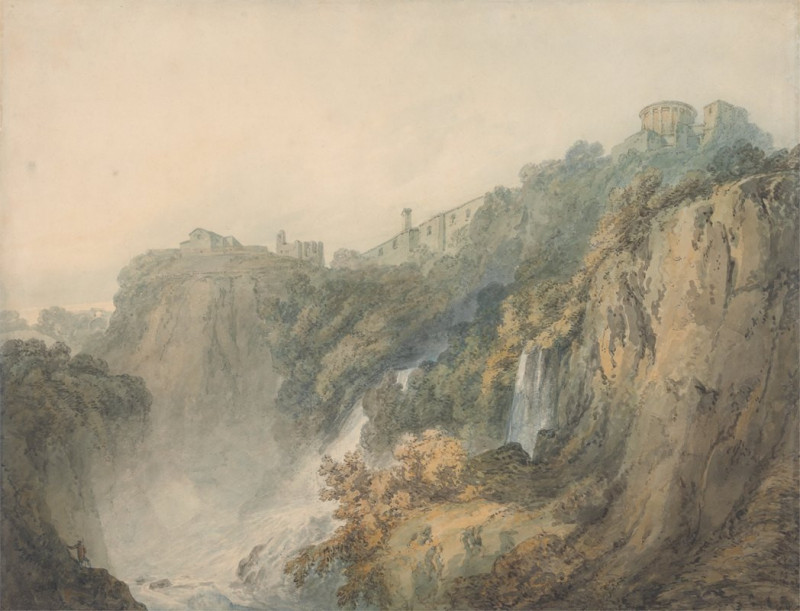Jupiter, Disguised As a Shepherd, Seducing Mnemosyne, The Goddess of Memory (1727)
Technique: Giclée quality print
Recommended by our customers
More about this artwork
This enchanting painting by Jacob de Wit, titled "Jupiter, Disguised As a Shepherd, Seducing Mnemosyne, The Goddess of Memory," dates back to 1727 and captures a mythological narrative with delicate artistry and vibrant emotion. The scene takes place in a bucolic landscape, lending an idyllic and somewhat tranquil air to the unfolding drama between gods.In the foreground, Jupiter, the Roman king of gods, is depicted in the guise of a shepherd. Clad in a rustic red cloak and yellow tunic, he leans forward with an earnest expression, his posture both gentle and persuasive as he interacts with Mnemosyne. This goddess, dressed in flowing robes of soft blue and white, symbolizes memory, a crucial element of the human and divine experience. Her demeanor is tender yet reserved, reflecting her awareness and contemplative nature, perhaps hinting at the complexities of divine encounters.Entwined within this central interaction are several playful and watchful cherubs, adding a light-hearted balance to the narrative's gravity. They seem to be involved and yet detached, embodying the innocence and mischief often associated with such celestial beings.Hovering above the group is a majestic eagle, an emblem of Jupiter's presence and power. The bird strengthens the mythological context, reminding viewers of Jupiter’s true identity and his sovereign domain.The landscape, a blend of lush trees and distant mountains, serves not only as a scenic backdrop but also as a metaphor for the overlapping realms of mortal shepherds and celestial beings.

